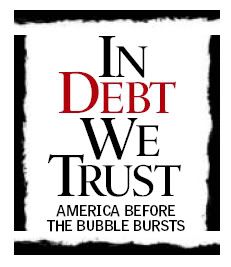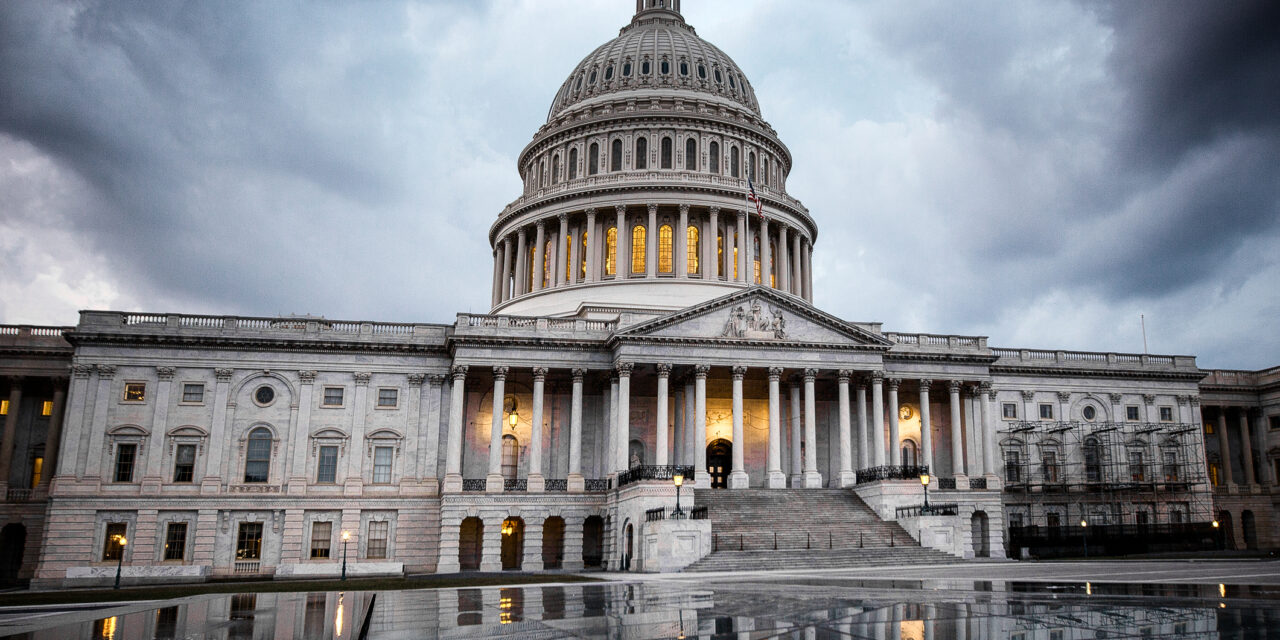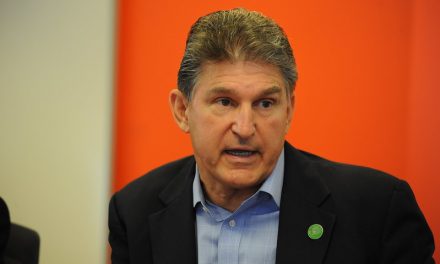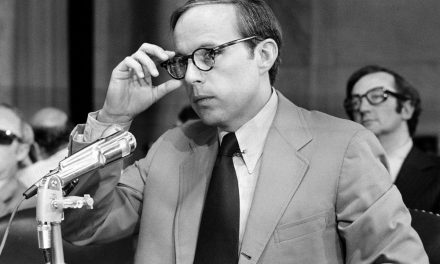crossposted on the NoSlaves.com blog

The House Science Committee held a hearing on November 6, 2007 completing their series on Globalization of R&D and Innovation.
Before you go to sleep, some fairly shocking testimony proving there is no worker shortage and some additional shocking facts on how the US debt is affecting job creation as well as how current research grant awards are inversely affecting R&D!
Dr. Harold Salzman, The Urban Institute –
The available data indicate that the United States’ education system produces a supply of qualified STEM graduates in much greater numbers than jobs available.
even further more frightening is the implications that Americans might be displaced in graduate school opportunity:
Although there have been steady increases in the numbers of U.S. citizens and permanent residents pursuing a STEM education at both the undergraduate and graduate levels, the number of graduate students on temporary visas has also grown. It is unknown whether this indicates students on temporary visas are filling a demand for graduate students that U.S. undergraduate colleges cannot meet (serving as a complement to the domestic supply) or whether universities and companies are substituting temporary visa students for academically qualified U.S. students. Most likely, it is some of both.
Most interesting was this observation:
Wall Street now considers firms to be weak if they rely on strong internal R&D rather than external acquisitions of companies, innovations, or technologies.
Look at this, literally if you are a publicly traded company and do not have as your business model acquisitions, wall street, out of some sort of mythical ideal, not by your actual prospectus, will not recommend the stock. Now that one is really frightening.
The industries most vocal about labor market shortages and the need to import workers may be voicing unrealistic expectations of desired work experience more than deficiencies in the skills or education of a new hire, or just dissatisfaction with the cost of labor.

Dr. Michael S. Teitelbaum, Vice President, Alfred P. Sloan Foundation. also testified and frankly knocked my socks off.
TeitelBaum compared typical recent reports, such as Tapping America’s Potential (please note the US Chamber of Commerce, America’s cheap labor lobbyist is involved) and Rising Above the Gathering Storm and shows how they are simply not based in reality.
1. No one who has come to the question with an open mind has been able to find any objective data suggesting general “shortages” of scientists and engineers. The RAND Corporation has conducted several studies of this subject; its conclusions go further than my summary above, saying that not only could they not find any evidence of shortages, but that instead the evidence is more suggestive of surpluses. I would add here that these findings of no general shortage are entirely consistent with isolated shortages of skilled people in narrow fields or in specific technologies that are quite new or growing explosively.
2. There are substantially more scientists and engineers graduating from U.S. universities that can find attractive career openings in the U.S. workforce. Indeed science and engineering careers in the U.S. appear to be relatively unattractive— relative that is to alternative professional career paths available to students with strong capabilities in science and math.
3. Students emerging from the oft-criticized K-12 system appear to be studying science and math subjects more, and performing better in them, over time. Nor are U.S. secondary school students lagging far behind comparable students in economically-competitive countries, as is oft-asserted.
4. Large and remarkably stable percentages of entering freshmen continue to report that they plan to complete majors in science and engineering fields; however, only about half of these ultimately do so.
5. The postdoc population, which has grown very rapidly in U.S. universities and is recruited increasingly from abroad, looks more like a pool of low-cost research lab workers with limited career prospects than a high-quality training program for soon-to-be academic researchers. Indeed, if the truth be told—only a very small percentage of those in the current postdoc pool have any realistic prospects of gaining a regular faculty position.
6. Rapid increases in Federal funding for scientific research and education is more likely than not to further destabilize career paths for junior scientists. Under the current structure, the effect is substantial growth in “slots” for PhD students and postdocs to conduct the supported research, but only limited increases in the numbers of career positions
 Teitebaum really spoke truth to power and says why these special interests put out these false reports:
Teitebaum really spoke truth to power and says why these special interests put out these false reports:
So why, you might ask, do you continue to hear energetic re-assertions of the Conventional Portrait of “shortages”, shortfalls, failures of K-12 science and math teaching, declining interest among US students, and the necessity of importing more foreign scientists and engineers?
In my judgment, what you are hearing is simply the expressions of interests by interest groups and their lobbyists.
Teitebaum goes even further to talk about graduate school funding in STEM (Science, Technology, Engineering and Mathematics).
a large majority of biomedical PhD students and postdocs supported by NIH are financed by research grant funds, rather than by “training” or education funds. This was not the case 25 years ago, but it is now. This means that if NIH research funding is increased in response to too-low success rates for grant applicants, one effect is funding for more PhD students and postdocs who are recruited by NIH grant recipients to do the bench research work. This means that, after a lag of several years, there will be more recent PhDs and postdocs seeking research employment, and applying for NIH research grants. This in turn tends to reduce the grants success rate going forward.

OK, is anyone really listening?
He is saying that the NIH awards more money when these research projects fail! Can I get on that ticket? Where’s my research grant? I can fail with the best of ’em!
He further shows evidence as this happens there is a increase in the unemployment rate for future PhD graduates in that particular research area. This is really a damning observation on the state of research within Academia, he is implies we have a perverse system of grants that awards failure and increases the unemployment rate in these areas. WOW!
In his recommendations he says:
What should NOT be done is to take actions that will increase the supply of scientists and engineers that are not intimately coupled with serious measures to ensure that comparable increases occur in the demand for scientists and engineers.
Imagine that, someone paying attention to the realities of labor economics supply and demand trying to tell Congress they might consider economic laws in policy formulation!
Dr. Charles W. McMillion,President & Chief Economist, MBG Information Services also testified, focused on debt and trade and it’s effects.
our economy has worked-off the vastly superior wealth, infrastructure and production systems that it enjoyed at the end of World War II when much of the rest of the world lay in rubble.
1. The US economy and the scientific and engineering workforce has been sustained by
an unprecedented and unsustainable level of debt for a generation;
2. Massive and chronic US losses in global trade, a key cause of the debt explosion, have
now produced enormous and unsustainable foreign debts and is rapidly undermining the vast
technology superiority that is essential to our STEM workforce and to our economy;
3. China and other competitors are quickly creating remarkable dynamism, modernizing
and integrating their innovation and production systems, posing very severe and urgent threats to
the scientific and engineering workforce and to the US economy.
 Now connecting the dots to massive foreign debt and the lack of competitiveness in STEM R&D might seem out of left field. But, in reality he’s dead on.
Now connecting the dots to massive foreign debt and the lack of competitiveness in STEM R&D might seem out of left field. But, in reality he’s dead on.
There is a convention in economics, often useful for theoretical work, that assumes full employment. Unfortunately this purely theoretical convention has come to be adopted as reality by many analysts in the US — although rarely anywhere else. This often unconscious assumption leads many analysts and policy makers to complacency, focusing exclusively on shifts within a fully employed workforce rather than on job losses and the wage and other effects of significant
unemployment.
Now look at this connection:
Over the past seven years the US created just 6.1 million total jobs with private sector jobs accounting for only 4.5 million of these with local public schools adding most of the public sector job growth. Even ignoring the multiplier effects of credit and job growth, this works out to over $1.6 million in tax cuts, government contracts, credit card and other debt stimulus for each new job; over $2.2 million for each new private sector job over the past seven years
Mr. Paul Kostek, Vice President for Career Activities, IEEE-USA, one comment:
According to a just-released report from unbiased analysts at the STEM Workforce Data Project – based on data compiled by the Bureau of Labor Statistics at the US Department of Labor – the decades long growth in employment opportunities for scientists and engineers in the United States appears to have ended in 2001. (Cite 2). Even more troubling is the Project’s finding that real salary growth for most STEM professionals has been flat or declining for at least 10 years.
One can read his policy recommendations but I do note he did not testify that we need our Universities turned into a glorified green card machine for an undergraduate degree.
Mr. Henry Becker, President, Qimonda North American Corporation also testified. He’s running a semiconductor corporation, so predictably he claims he needs more skilled workers. That said their company is at least investing in educational institutions within the United States. One of the more telling comments was this:
Most of these competitor nations treat technology in general, and semiconductors specifically, on the level of a national strategic interest and as such, have embraced it to the full extent they can – sometimes beyond World Trade Organization norms.
In other words, the United States simply does not have a strategy that is based on the national economic interest. Very true.
The Science committee hearing website has the entire testimony and questions available for streaming and there are numerous policy recommendations covered as well.







